How Red Wine is Made Step by Step
The red winemaking process is different from the white winemaking because it uses grape skins as a fermentation agent.
There’s much more to red wines than just the color.
Step 1: Harvest the red wine grapes.
The grapes used to make red wine are black (also known as purple). The color of a glass red wine is actually the anthocyanin pigment (red pigment), which can be found on black grape skins.
The most important thing during the grape harvest is to select the grapes when they are perfectly ripe. This is critical, because the grapes do not continue to ripen once picked.
- Wines with a tart or thin taste can be produced by picking grapes too early.
- Wines that are picked too late can taste overly ripe or flabby.
For all winemakers the harvest season can be a very stressful time!
Step 2: Prepare the grapes for fermentation.
Grapes are transported to the winery after harvest. The winemaker will decide whether to remove stems from the grape bunches or ferment them as whole bunches.
It is important to leave the stems in during fermentation. This will add astringency, or (aka tannin), but it also reduces sourness. Cabernet Sauvignon ferments with whole bunches but not Pinot Noir.
This step also involves the addition of sulfur dioxide, which is used to prevent bacterial spoilage. This article will make you think about the effects of sulfites on your health.
Step 3: Yeast initiates the fermentation of wine.
The grape sugars are consumed by small yeasts that eat sugar, which then produce alcohol. These yeasts can be purchased in a packet, similar to those used in bread-making. They may also occur naturally in the juice.
The yeast that naturally grows on grapes is used for spontaneous fermentation!
- Winemakers can produce consistent wines every year with commercial yeasts.
- Natural yeasts can be more difficult to work with, but they often produce more complex aromas.
Step 4: Alcoholic fermentation.
Winemakers have many ways of tuning the wine during fermentation.
The skins float and are submerged by the juice. This can be done by pumping wine on top. Another way to do this is by using a tool similar to a potato masher.
- Pump overs are a great way to extract flavor from grape skins. They produce rich, red wines.
- The punch downs tend to produce more subtle wines because they extract the flavors more delicately.
Step 5: Press out the wine.
It takes 5-21 days for most wines to ferment sugars into alcohol. Vin Santo or Amarone are rare exceptions that can take up to four years to ferment.
Vintners press the skins in a wine presses after draining the wine. The skins can be pressed to give winemakers an extra 15% of wine.
Step 6: Malolactic Fermentation (also known as “second fermentation”).
A second fermentation occurs as the red wine settles into tanks or barrels. converts the malic acid, which is sharp in taste, into a creamier and chocolatey lactic. The same acid found in greek yogurt!
Malolactic Fermentation is used in almost all red wines, but not white ones. Chardonnay is a white wine that we are all familiar with. The MLF process is responsible for Chardonnay’s buttery and creamy flavors.
Step 7: Aging (aka “Elevage”).
Red wines can be aged in many different storage vessels, including concrete, glass and clay tanks, as well as wooden barrels. Each vessel has a different effect on wine as it ages.
The most noticeable effect of wooden barrels on wine is the aroma. The oak wood flavoring the wine has natural compounds which smell like vanilla.
reduces acidity in unlined concrete or clay tanks.
The biggest factor that influences the flavor of red wine is, of course, time. The more a wine is rested, and the more chemical reactions occur within the liquid. Red wines are said to become smoother and nuttier with age.
Step 8: Blending the wine.
It’s now time to blend the final blend. Winemakers blend grape varieties or barrels of the exact same grape together to create a finished product.
It is difficult to blend wine because you must use your senses of texture and taste on your palate, not your nose.
Blending is a tradition that has created many of the famous wine blends in the world.
Step 9: Clarifying your wine.
Clarification is one of the last steps in the process of making red wine. Many winemakers use clarifying agents for this purpose.
There are many winemakers who use egg whites or casein as fining agents, but a growing number of them are using bentonite because it is vegan.
After that, the wine is filtered to ensure sanitation. It is crucial to reduce the risk of bacteria spoilage.
A large group of winemakers who produce fine wines do not filter or fine their wines because they feel that it takes away the texture and quality. You can decide whether or not this is true.
Step 10: Bottle and label wines.
It’s now time to bottle your wine. This step should be done with as little oxygen exposure as possible. To preserve wine, a small amount of sulfur dioxide is added.
Step 11: Bottle ageing.
Some special wines are aged in the cellar of the winemaker for many years. If you search for different types of red wine, you will find that this step is essential for reserve bottlings.
Next time you open up a bottle, try to find out what was in it!

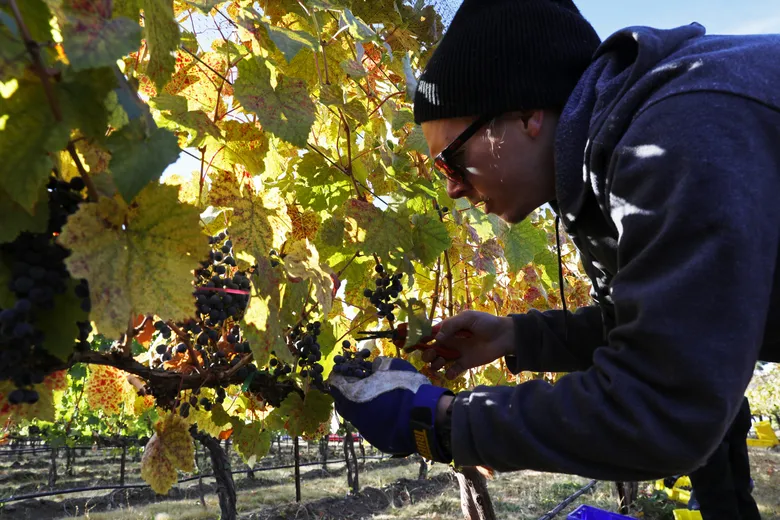
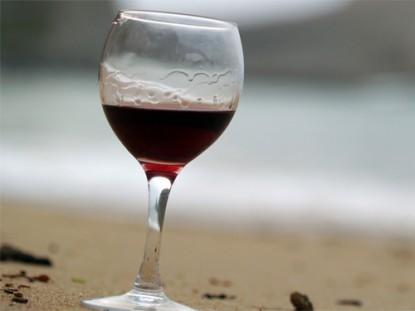
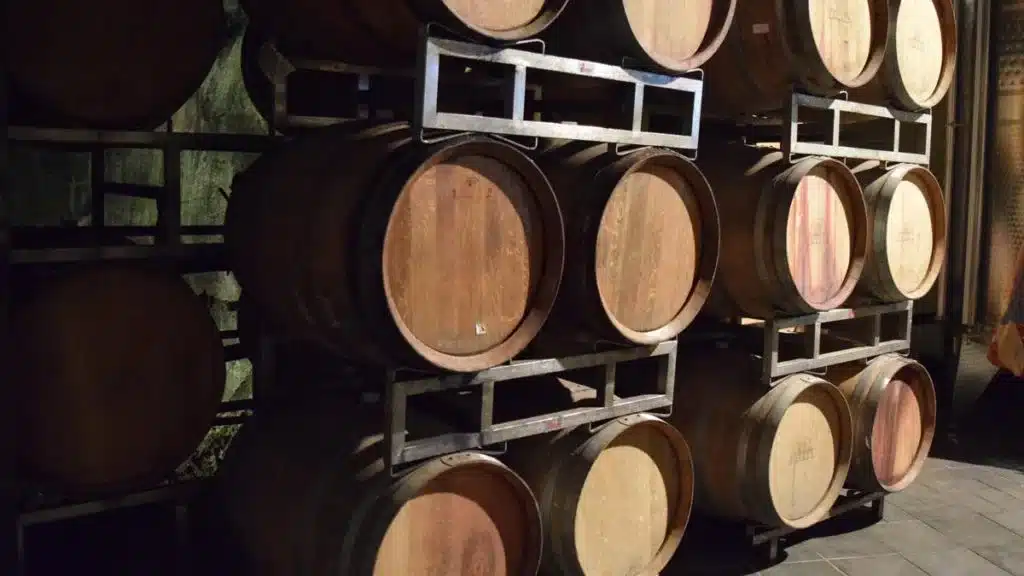
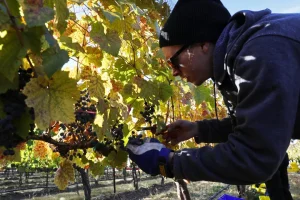
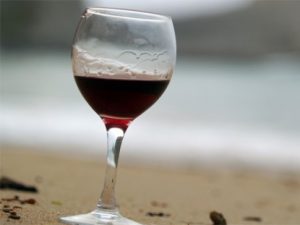

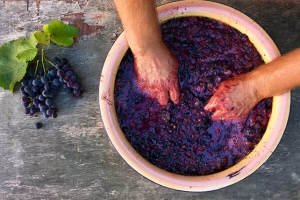
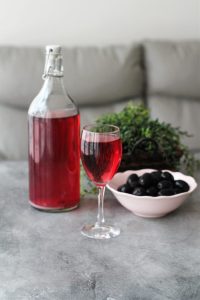



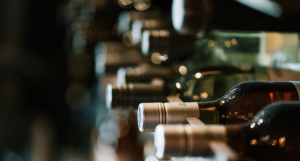

Post Comment